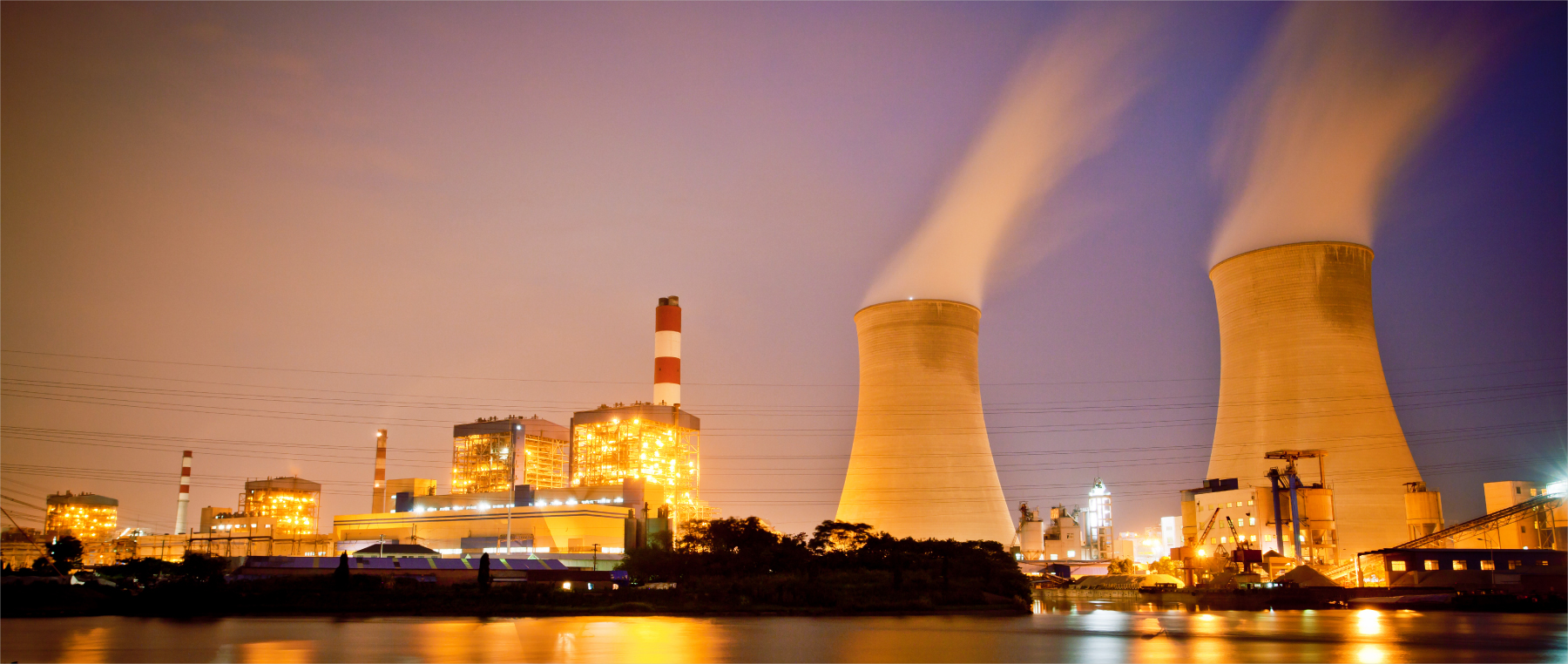Effect of Various Parameters on the Temperature Measurements in a Three-Phase Direct Contact Condenser
Keywords:
Three-phase direct-contact condenser, condenser temperature output, mass flow rate ratio effect, temperature distributionAbstract
An experimental investigation of heat exchange for a three-phase direct contact condenser has been carried out by utilising a short Perspex tube of 70 cm in total height with a 4 cm inner diameter. Only the 48 cm was chosen as an active direct contact condenser. Pentane vapour with three different initial temperatures ( and ) and a constant water temperature ( ) were implemented as dispersed and continuous phases, respectively, with different mass flow rate ratios. The experimental results demonstrated that the continuous phase outlet temperature increases with an increasing mass flow rate ratio. On the other hand, the continuous phase temperature decreases when increasing the continuous mass flow rate. The dispersed phase initial temperature slightly affected the direct contact condenser output, which confirms that the latent heat of condensation is dominant in such a heat exchange.

